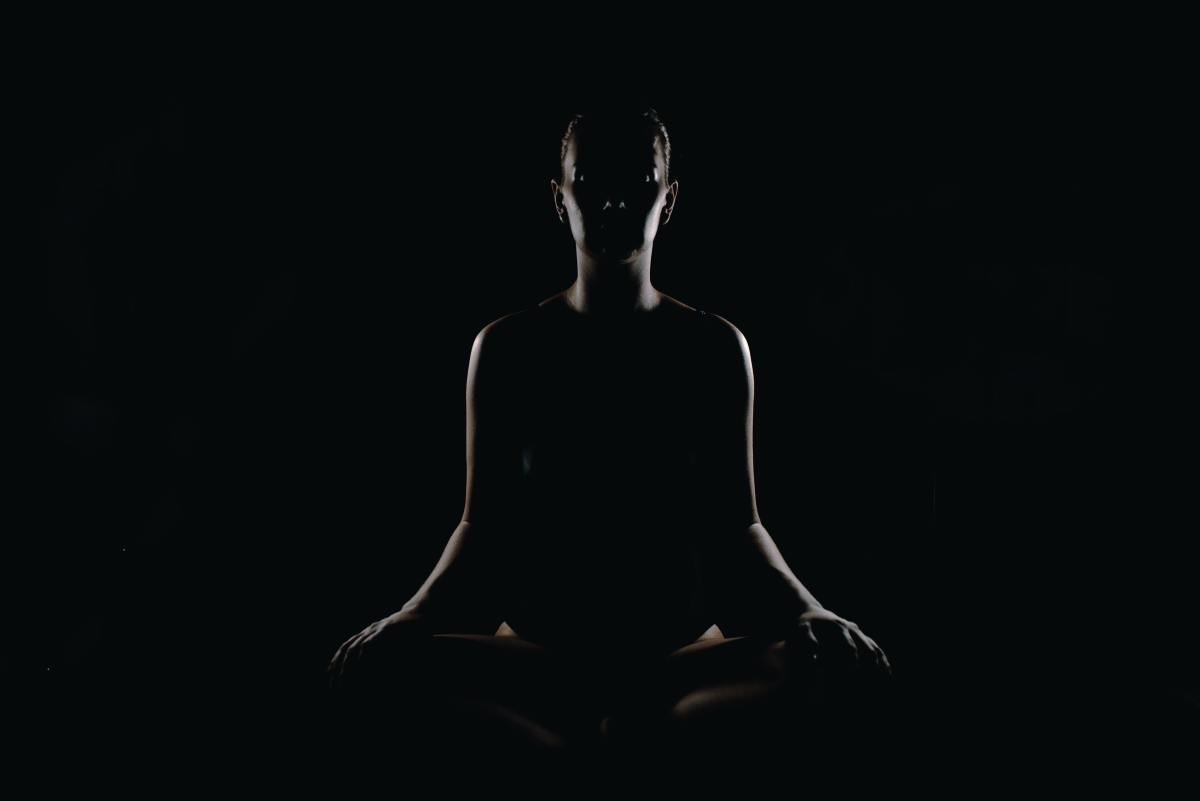We all at this point in time know the importance of meditation and connecting with our selves.
But the truth is meditation is not all that easy if we have not done the pre-work that gets us in the right kind of state to continue meditation.
Many of us carry around trauma which gives us a very unstable and scattered mind.
Trauma often cause us to harbor emotions in our bodies that never found a way to be released.
This often throws our energetic bodies out of balance and sitting with our own selves becomes a very painful exercise.
This is why we need to tackle these physical and energetic body related issues first.
So what does pre-work involve.
1.Releasing old pent up emotions
First we need to find a way to release blocked emotions. This maybe through inner child therapy, body work, yoga or visualization meditations.
2. Heal and nourish the body
We then need to nourish our physical body with healthy and appropriate food for our unique body type and specific rejuvenative herbs that help us balance the energies within the body.
3. Letting go of anger
We must let go of any anger we harbor towards our selves and others. Pent up anger can rise up inside of us in the most unlikely moments. Specially when you sit to mediate, anger can rise up and disturb the meditation.
Anger can be released through writing and visualizing apologies toward yourself from others and towards others from you (if you need to appologise).
4. Connection with the body
We need to fully embrace our physical bodies as part of us, or we can easily become disassociated from it. To help us connect and ground into our bodies, we can practice a body scan on a daily basis.
5. Cultivate virtues
Then we need to cultivate virtuous thoughts within our selves. This may be by practicing your own religious rituals or reading a virtuous book. There are many practices we can do like praying and reciting commandments, reciting precepts for Buddhists or practicing living kindness.
6. Keep good conduct
When we live in society and interact with others we can very easily fall into negative actions like slanderous speech, gossip, consumption of intoxicants, lieing, cheating and stealing. We have to stop/minimize these things before we can really start our meditation practice.
It would take a few weeks to complete the above steps.
After we have completed all these steps, our vessels will be pure and it would be easy to get into to a meditative state and stay there.
We just need to find a quiet place and assume the lotus posture. once we are ready. Then start with focusing on the breath for about 10 minutes. Once we achieve a sense of calm, we can go into practicing vipassana, or just observe this moment with full concentration.
The pre-work would make the meditation feel a lot easier to get into and maintain for a long period of time.
You will find that meditation has become much more appealing to you.
~Thanks for reading~




